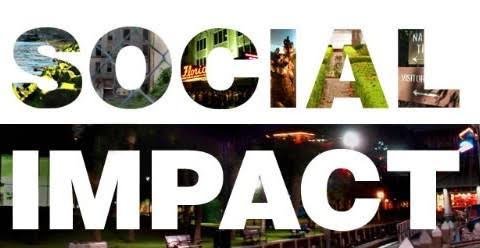Social Impact Assessment (SIA) and Environmental Impact Assessment (EIA) are two distinct types of assessments that evaluate the potential consequences of a project, policy, or program. Here’s a comparison of the two:
Social Impact Assessment (SIA)
- Focus: Evaluates the potential social consequences, including effects on communities, individuals, and social structures.
- Objectives: Identifies potential social impacts, predicts their likelihood and magnitude, and evaluates their significance.
- Methodologies: Uses qualitative and quantitative methods, such as surveys, interviews, focus groups, and participatory rural appraisal (PRA).
- Indicators: Assesses impacts on social indicators like health, education, housing, employment, and community cohesion.
Environmental Impact Assessment (EIA)
- Focus: Evaluates the potential environmental consequences, including effects on ecosystems, biodiversity, air and water quality, and natural resources.
- Objectives: Identifies potential environmental impacts, predicts their likelihood and magnitude, and evaluates their significance.
- Methodologies: Uses quantitative and qualitative methods, such as environmental monitoring, modeling, and ecological assessments.
- Indicators: Assesses impacts on environmental indicators like air and water quality, soil contamination, noise pollution, and biodiversity loss.
Key differences:
- Focus area: SIA focuses on social consequences, while EIA focuses on environmental consequences.
- Methodologies: SIA uses more qualitative methods, while EIA relies on quantitative methods.
- Indicators: SIA assesses social indicators, while EIA assesses environmental indicators.
- Objectives: SIA aims to identify and mitigate potential social impacts, while EIA aims to identify and mitigate potential environmental impacts.
In summary, while both SIA and EIA are essential tools for evaluating the potential consequences of a project or policy, they differ in their focus areas, methodologies, indicators, and objectives.


